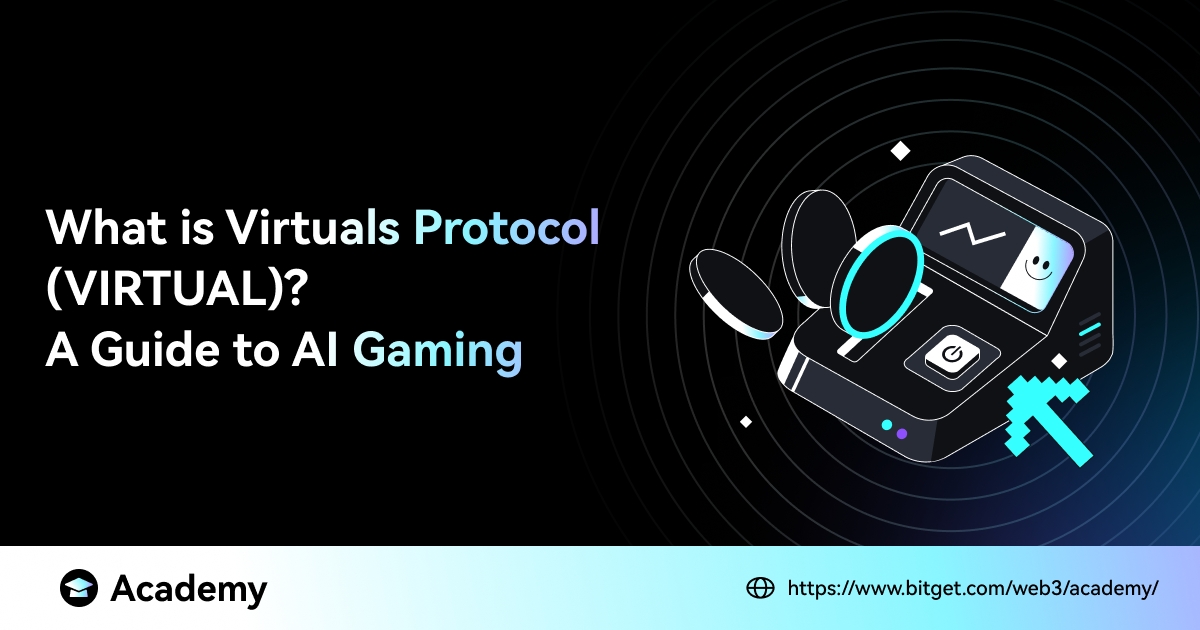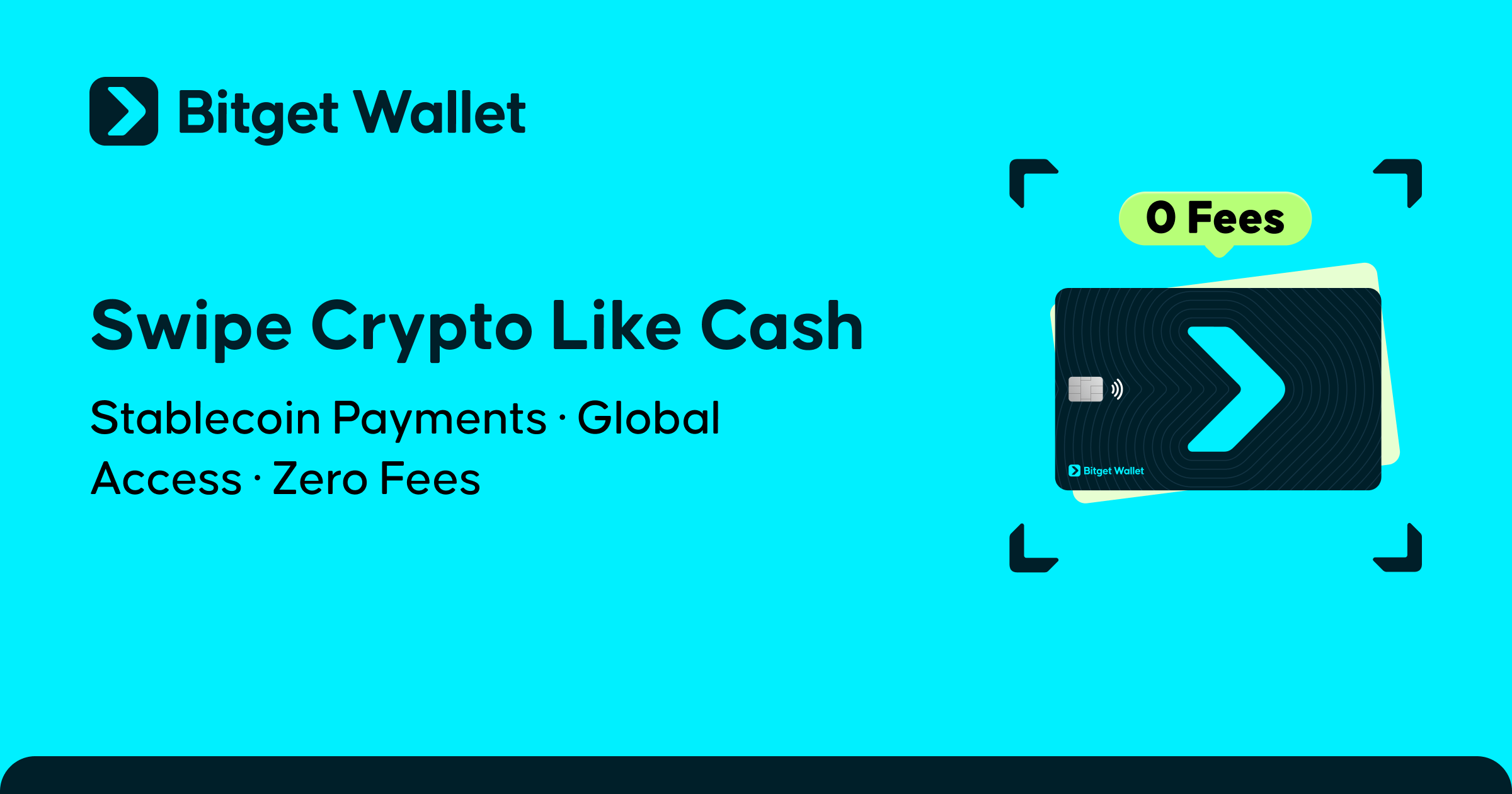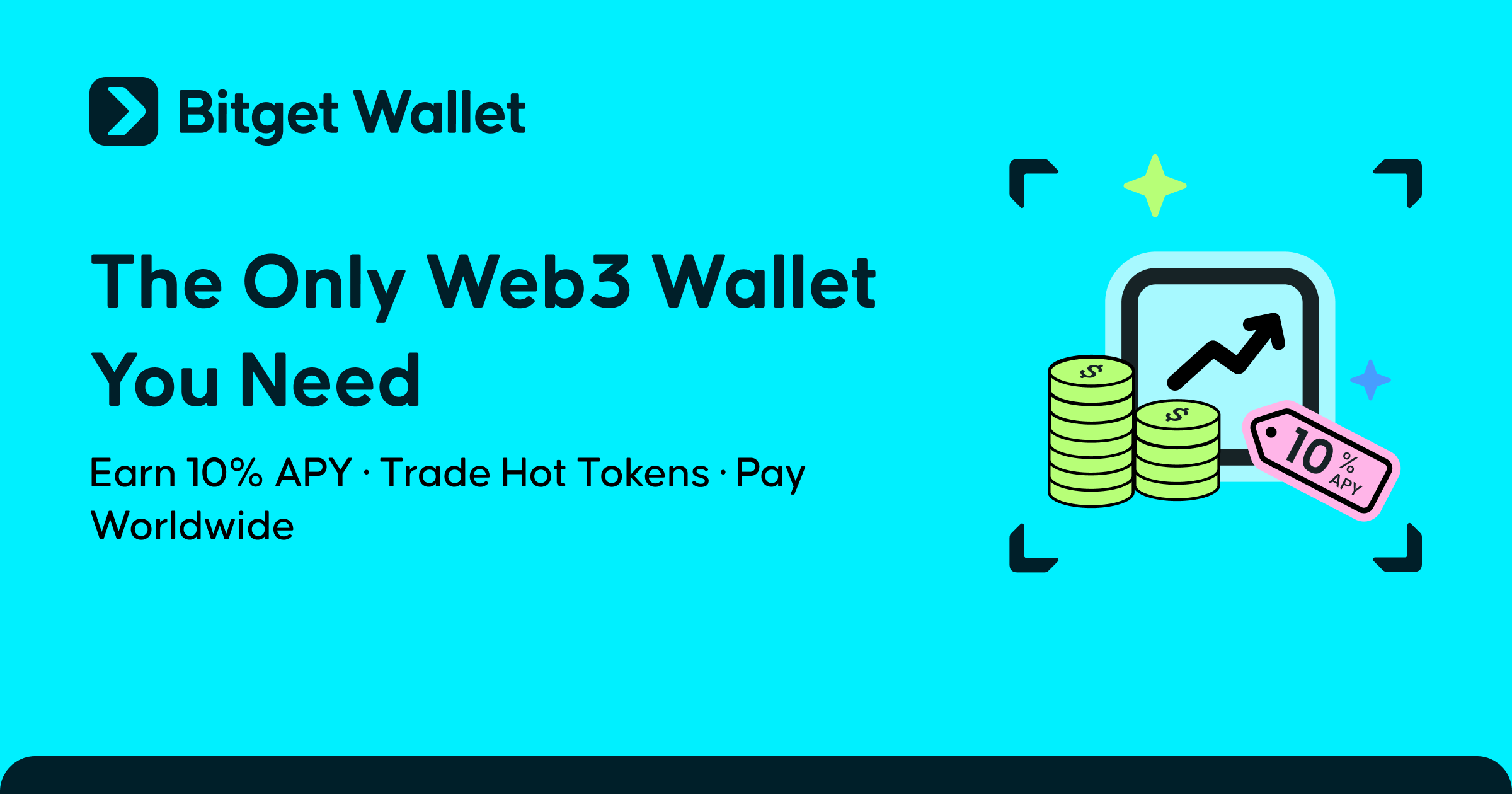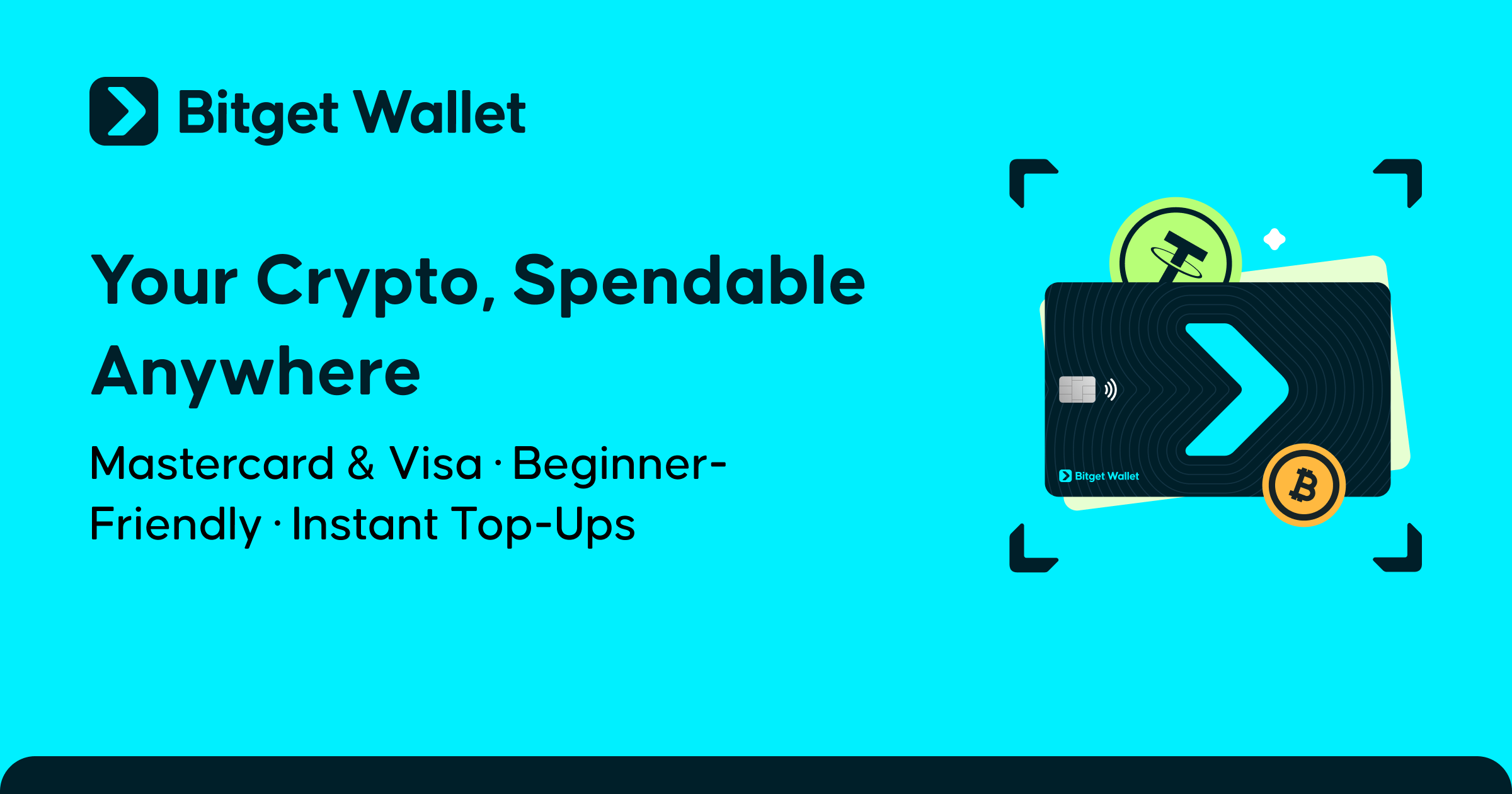What is Virtuals Protocol (VIRTUAL)? A Guide to AI Gaming

What is Virtuals Protocol (VIRTUAL)? AI is rapidly transforming the gaming industry, especially with AI agents. They are autonomous characters capable of performing tasks without human intervention. Notable projects include OKZOO, an AI-powered casual gaming platform, and Sleepless AI, which focuses on AI companions.
The growth of AI in games has opened the door for creative platforms such as Virtuals Protocol, which goes one step further by letting users build and own their own AI agents. This article will explain what Virtuals Protocol is, how it works, and how it might affect the future of AI games.
What is Virtuals Protocol (VIRTUAL)?
Virtuals Protocol (VIRTUAL) is a platform built on Base that empowers users to design and deploy AI agents. These agents are virtual characters who interact with their surroundings and generate revenue, similar to how humans do.
What distinguishes Virtuals Protocol is its emphasis on co-ownership, meaning users can invest in and share ownership of these AI agents. This approach allows users to collectively benefit from their activities and revenue generation.
Types of Virtuals Protocol
Currently, there are two major kinds of agents on Virtuals Protocol:
1. IP agents
These represent specific personalities, like the platform's own Luna, who has half a million followers on TikTok.
2. Functional agents
These are designed to improve user experience and facilitate seamless interaction with the virtual world. A prime example is G.A.M.E., a framework that allows developers to experiment with AI agents.
What Can AI Agents Do?
AI agents have a wide range of capabilities that make them indispensable in virtual environments and blockchain ecosystems. They can perform tasks such as communicating and navigating three-dimensional spaces, executing precise on-chain transactions, and interacting with complex virtual worlds.
Beyond this, these agents are designed to learn from experiences, make autonomous decisions, and adapt to evolving scenarios. These features highlight their growing role in powering decentralized applications and enhancing user experiences in the digital realm.
Key Features of Virtuals Protocol
Virtuals Protocol stands out with its novel approach to AI agent ownership and interaction. Below are further details on its key features:
1. Co-Ownership Approach
Co-ownership is an essential component of Virtuals Protocol. It enables users to own a piece of the AI agents they engage with. Virtuals Protocol creates a billion tokens associated with each new AI agent. These tokens are subsequently added to a liquidity pool, thus establishing a market for ownership.
This approach democratizes AI ownership. Token holders can influence the agent's development and governance, including its choices, behaviors, and future upgrades. This shifts power from centralized entities to the community, guaranteeing that the AI agent matures in ways that benefit its collective owners.
2. Revenue-Generating Environment
Virtuals Protocol has designed a system where AI agents can generate income. To do this, the platform incorporates these agents into consumer applications, including gaming, social media, and entertainment. They then enhance the user experience by providing unique and engaging services for which consumers are prepared to pay.
Each interaction with an AI agent generates a fee, referred to as an "inference cost." This fee goes directly to the agent, creating a continuous revenue stream. A portion of the generated revenue is used to buy back and burn agent tokens. This creates scarcity and increases the value of the remaining tokens.
How does Virtuals Protocol work?
Virtuals Protocol utilizes blockchain technology to bring about a distinctive ecosystem for the co-ownership and deployment of AI agents in the gaming and entertainment niches. Here is an explanation of the platform's functionality:
1. Modular consensus framework
This framework helps streamline interactions between different participants of Virtuals Protocol as follows:
-
Contributors: These are individuals or groups who propose enhancements to AI agents by providing models, datasets, or intellectual property. Each submission creates a Contribution NFT, acting as proof of origin.
-
Validators: These participants evaluate and approve contributions using a delegated proof-of-stake (DPoS) mechanism. Token holders delegate their tokens to qualified validators who finalize the state of each agent.
First and foremost, Contributors submit proposals to improve AI agents, which might include new models, datasets, or other valuable additions. Validators then carefully review these proposals to ensure they align with the overall objectives of the AI agent they are meant for.
If a contribution is approved, it is minted as a Service NFT and securely stored within the agent's Immutable Contribution Vault (ICV). Finally, Contributors receive rewards that are proportional to the value and effect of their accepted contributions.
2. Immutable Contribution Vault (ICV)
The ICV is a protocol-owned vault that stores all approved contributions for VIRTUAL agents on-chain. Its objective is to guarantee transparency, composability, and accurate attribution. Here is the multilayered structure of the ICV:
-
Smart contract wallet ownership:
The base layer is a smart contract wallet that manages all other layers. -
Individual VIRTUAL Agent:
Each VIRTUAL agent is an ERC-6551 NFT, acting as a unique wallet address. This combines identity and transactional capabilities within the Virtuals ecosystem. -
VIRTUAL Agents’ cores:
Cognitive, voice, and visual cores are stored beneath each VIRTUAL agent and registered in the smart contract. -
Service NFTs of each core:
Approved contributions are stored as Service NFTs within each VIRTUAL agent, with their relationship to the core registered through a smart contract.
How is Virtuals Protocol transforming GameFi?
The Virtuals Protocol is transforming GameFi by introducing AI agents as investable assets. The concept means that you can own a share of an AI character that generates revenue across games and platforms.
Virtuals Protocol views AI agents as autonomous digital entities capable of generating income, as opposed to viewing AI as merely an aid or assistant, as the majority of projects do. They engage with their environment in many ways, including administering their own crypto wallets and engaging in game play against opponents.
One of the most fascinating parts of the Virtuals Protocol is its democratization of AI ownership. Using blockchain technology, the platform enables anyone to invest in and own a piece of these AI agents.
How to buy Virtuals Protocol (VIRTUAL) on Bitget Wallet?
With analysts predicting that VIRTUAL's price will rise to $4.15 by 2025, now may be a good time to buy. Here is a step-by-step tutorial to purchasing VIRTUAL tokens using Bitget Wallet:
-
Download and install the Bitget Wallet app:
You can find it on the App Store or Google Play. -
Create or import a wallet:
Follow the on-screen instructions to set up your wallet. -
Navigate to the OTC service:
On the Bitget Wallet home page, select "OTC." -
Select VIRTUAL and enter the purchase amount:
Choose VIRTUAL as the cryptocurrency you wish to buy and input the desired amount. -
Choose your payment method:
Bitget OTC accepts various options, including Visa, Apple Pay, Google Pay, and USD credit cards. -
Complete the payment:
Once you finalize the payment, the purchased VIRTUAL tokens will appear in your Bitget Wallet.
Bitget Wallet makes it easier to acquire VIRTUAL tokens thanks to its user-friendly interface and diverse payment methods. The wallet's strong security features also render it a great choice for both new and seasoned crypto investors.
- What Is Moore Threads and Why China Thinks It Could Be the Next Nvidia?2025-12-09 | 5 mins


















